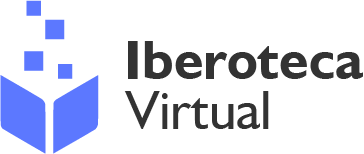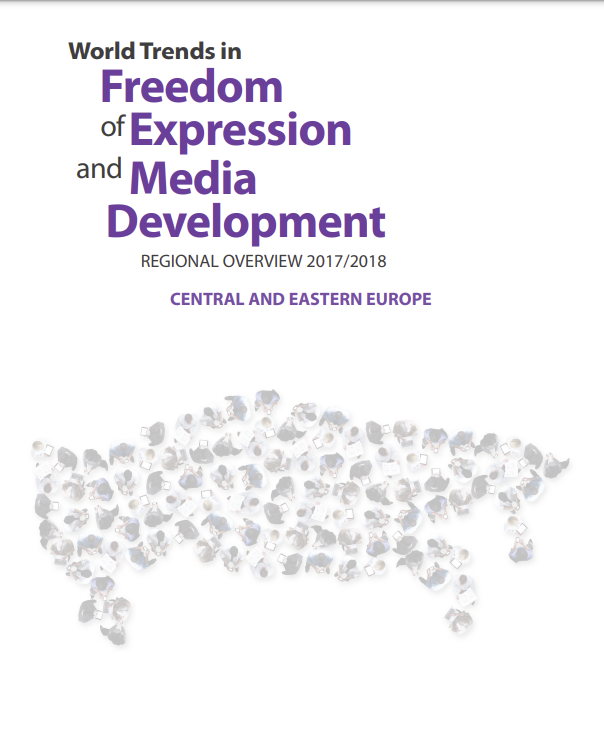World Freedom
Editorial: UNESCO
Licencia: Creative Commons (by-sa)
Autor(es): UNESCO
Regional key trends reflect an overall deterioration of press freedom and reduced respect for media freedom, evidenced in part by the increased use of criminal defamation and insult laws in all sub-regions. The legal
obligations on ISPs to monitor content as a matter of national security, particularly in the CIS sub-region, have increased. The continued concentration of markets and of media ownership especially favoring the state media is accompanied by a trend toward greater oligarchic multi-sectorial ownership of media outlets. Continued selfcensorship, partly motivated by economic factors of media viability, forms a key factor of limiting media freedom and independence. State capture of media and ‘soft censorship’ emerged from various forms of selective media subsidies and the partisan allocation of state advertising accompanied by a general lack of transparency over the
allocation, as well as biased application of regulatory and licensing powers. Direct and indirect influence on media output led to market distortion in several countries.
[2018]
Compartir:
Una vez que el usuario haya visto al menos un documento, este fragmento será visible.


